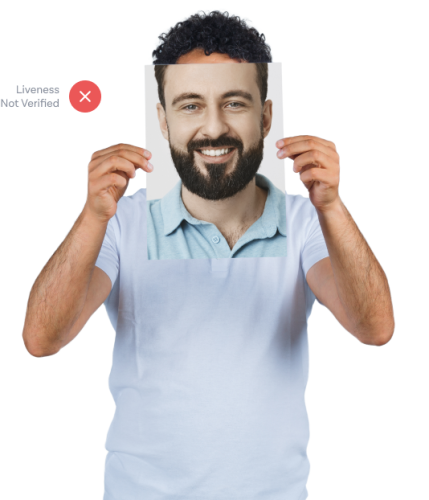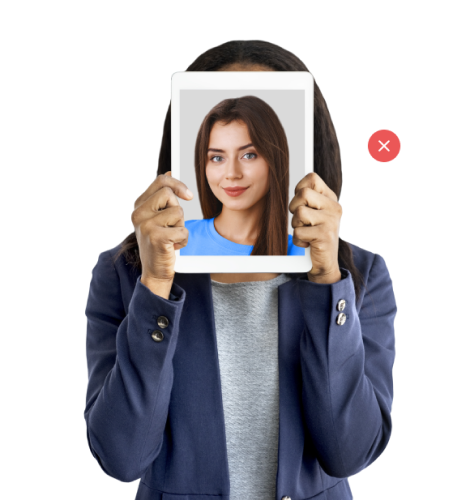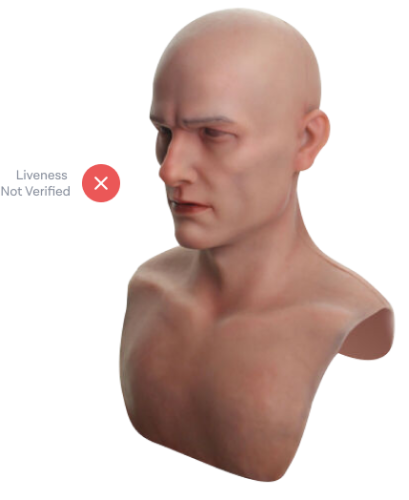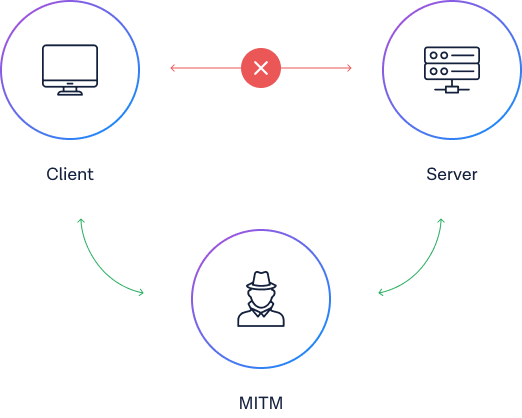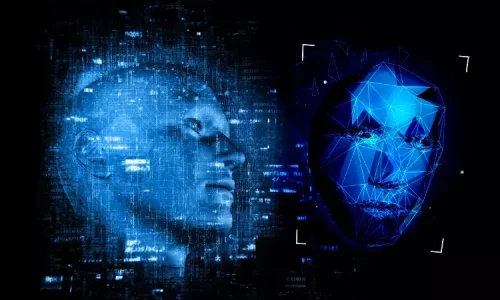What can we detect?
Printed Photos
Printed photos are one of the most common spoofing techniques performed by fraudsters who are trying to impersonate someone else. It’s enough print a picture of the targeted person and present it to the camera. Our liveness detection can detect printed photos on any type of material.
Spoof attempts using screens
Fraudsters can leverage replayed faces to spoof a facial recognition system by capturing or obtaining a video or image of a legitimate user’s face and replaying it during the authentication process.
Plastic, Latex and Silicon Masks
3D masks are mainly used by high skilled fraudsters and criminal organizations to reduce the probability of being detected since most of the liveness detectors are still vulnerable to this kind of attack. Sensity can detect masks with more than 99% of accuracy.
Deepfake Injection
The new generation of spoofing attempts. Other KYC vendors present this attack as part of “replay attacks”, but actually the most sophisticated version is through camera injection. Fraudsters can hijack the device camera injecting a face swap model built from a single picture of the victim and bypass the majority of liveness vendors. If you want to learn more, take a look to our report: “Deepfakes vs Biometric KYC Verification”.
Man in the Middle Prevention
Fraudsters may try to intercept the communication between the user session and the server to inject synthetic data. Sensity can guarantee the security of your operations thanks to an encryption end-to-end.

